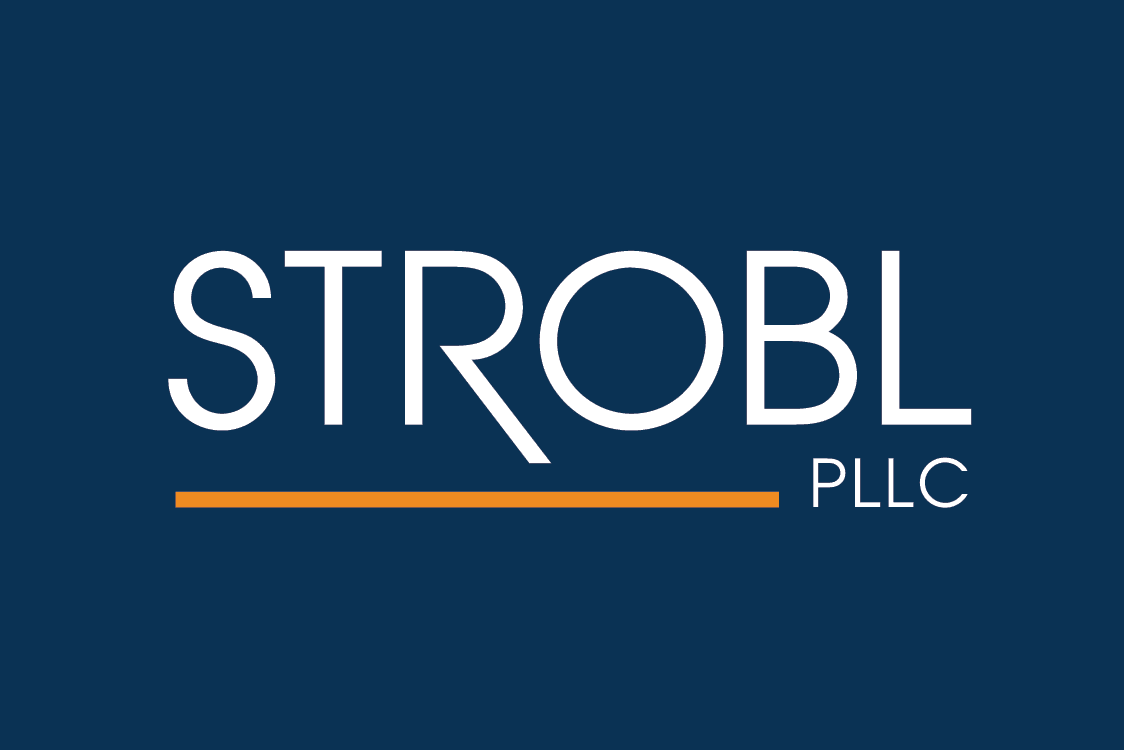Planning for digital assets is an essential part of your estate or succession plan
By Andrew Ayar
 If you are like many people, you have put off estate planning because there are always more pressing and, quite frankly, less depressing issues than contemplating your own mortality to address. And now, in this high-tech age, new challenges present themselves. Besides the traditional assets that estate planning historically covered — financial resources, real estate and physical possessions — planning for digital assets has become an essential part of your estate or succession plan. The law governing the powers of a trustee or personal representative to manage a deceased person’s digital assets is still evolving, but you can clarify matters for your loved ones by including instructions about your digital assets as part of your estate plan. Digital assets include profiles for social networking sites, bank accounts and brokerage accounts, as well as personal treasures like music and photos.
If you are like many people, you have put off estate planning because there are always more pressing and, quite frankly, less depressing issues than contemplating your own mortality to address. And now, in this high-tech age, new challenges present themselves. Besides the traditional assets that estate planning historically covered — financial resources, real estate and physical possessions — planning for digital assets has become an essential part of your estate or succession plan. The law governing the powers of a trustee or personal representative to manage a deceased person’s digital assets is still evolving, but you can clarify matters for your loved ones by including instructions about your digital assets as part of your estate plan. Digital assets include profiles for social networking sites, bank accounts and brokerage accounts, as well as personal treasures like music and photos.
Each online service provider has unique terms of service that are different for the accounts of their deceased customers. Here are 5 easy steps you can take right now to make it easier for your loved ones to manage your online estate.
1. List all online accounts
The first thing to do is to make a list of all online accounts. Do not forget blogging sites, shopping sites, financial accounts and email sites. Most of us have a much larger digital footprint than we realize. After creating the list, inventory the information. One suggestion is to create a password-protected Excel spreadsheet. Whatever form you use, be sure to include the web address, description, user ID, password, answers to any secret security questions and account number. Since your will can eventually become public, it should contain instructions on where to find this information (such as a safe deposit box), but not the information itself. There are several websites that have been designed to help create and maintain an inventory of digital assets. However, most of these sites are relatively new, they go out of business at a high rate, and not much is known about how they operate and store information. Therefore, it is critical that you vet these websites before using them.
2. Appoint a trustee
Being a trustee is a big responsibility, so be certain that the person you select is comfortable with the role and will handle the responsibility according to your wishes. You may want to split the list of your digital assets and ask two people to share the role. Existing trust documents will need to be updated to let a trustee take control of digital assets.
3. Prepare an authorization statement
Sign a statement authorizing the companies that hold your online information to disclose your information to your representative. The authorizations can be included with your will documentation so your trustee or personal representative can easily request the contents of your online accounts.
4. Save your information in a secure place
If you use a password-protected Excel spreadsheet, you will need to find a way to provide your trustee with access. If you prefer storing a hard copy of your passwords and accounts, choose a secure place to store it.
5. Provide instructions
Outline how you want your digital assets handled. Do you want your account deleted? Do you want your music or photos shared with a special person? Are there automatic payments that need to be stopped?
As the management of digital assets continues to be integrated into estate planning services, it will become common practice to provide trustees and personal representatives with instructions. Get started on your digital asset inventory today.
Andrew Ayar, honored three times as a Super Lawyers® Rising Star, advises a variety of businesses, entrepreneurs, closely held companies and developers in the corporate, real estate and estate planning practice areas.


